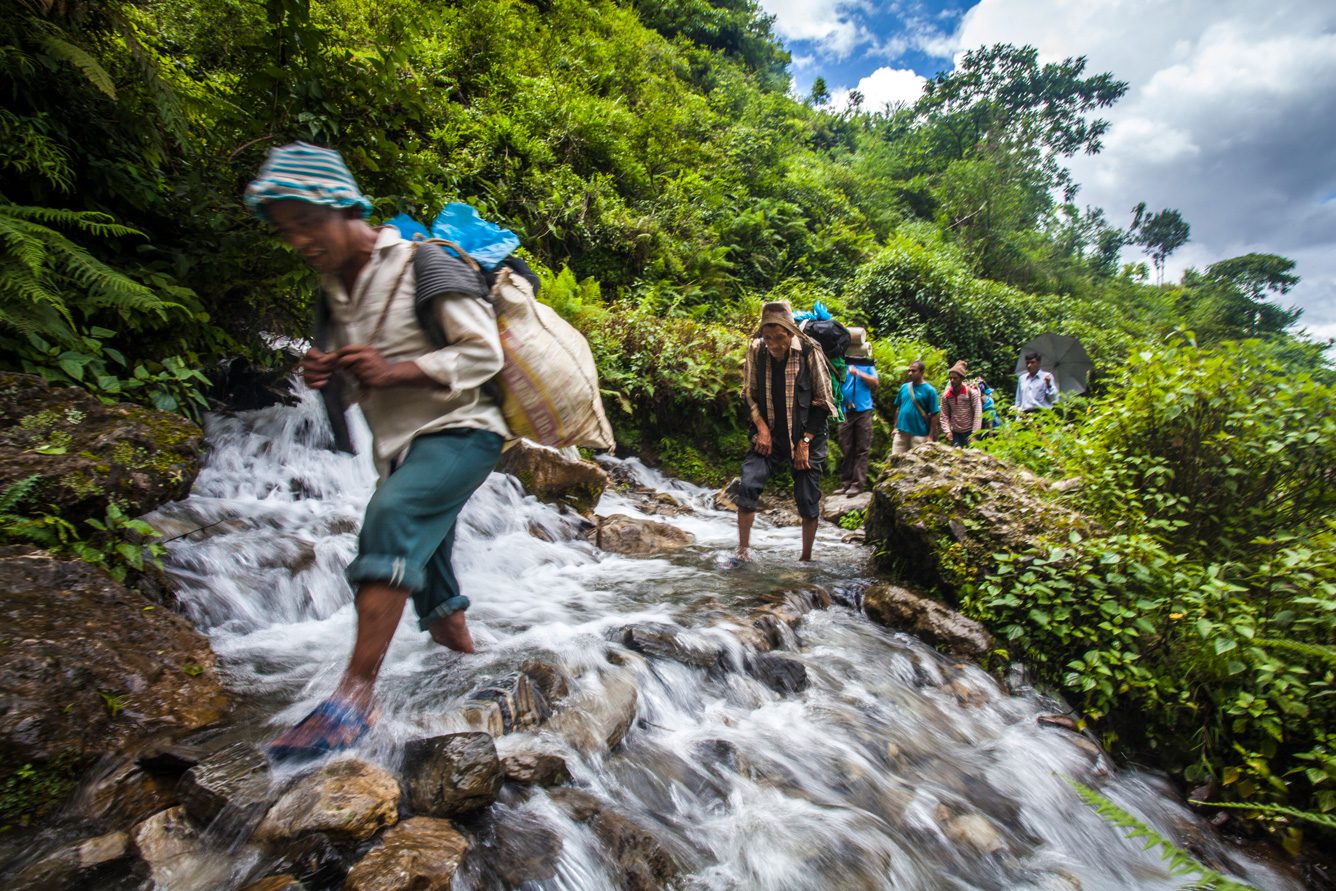PEMA GYAMTSHO---
 The South Asian monsoon is critical for the Hindu Kush Himalaya. It provides much needed water for our rainfed farming systems and recharges our hydrosphere, replenishing the blue arteries that bind our region together. We owe much to this annual weather system for our food-water-energy security, the health of our ecosystems, and the livelihoods of mountain communities.
The South Asian monsoon is critical for the Hindu Kush Himalaya. It provides much needed water for our rainfed farming systems and recharges our hydrosphere, replenishing the blue arteries that bind our region together. We owe much to this annual weather system for our food-water-energy security, the health of our ecosystems, and the livelihoods of mountain communities.One reason for this is that this year’s monsoon has been more intense than average. Forecasts from early in the year had predicted that our mountain regions would experience relatively wetter conditions this year compared to the average. These predictions came true, and with it also higher than average destruction and losses.
The floods and landslides in Uttarakhand and Himachal (India), Manang and Melamchi (Nepal), and Gasa (Bhutan) are but some examples of the monsoon wrath this year, which led to loss of lives, displacement, and destruction of millions of dollars’ worth of infrastructure and property. There were also two important dimensions in terms of disasters in the mountains this year which are notable. First, we saw extremely high precipitation in higher altitudes of the region; second, many of the events were multi-hazard or compound hazards in nature.
To some extent this was not surprising. Our own assessment as well as other assessments, including the recently published IPCC AR6 WG1 report, have established that climate change is likely to increase the intensity of precipitation in higher altitudes of our region. There is also growing evidence that we are highly likely to see an increase in compound or cascading hazard events where one type of hazard, say for example extreme precipitation leads to landslides which temporarily dam river channels and eventually result in devastating floods. What is surprising and painful is the fact that instead of building capabilities and preparedness for such eventualities, we as a region seem to be heading in the opposite direction with unplanned, unscientific and haphazard development which compounds the risk for mountain people and environments.
The importance and necessity of roads, hydropower plants, and other infrastructure for mountain communities is unquestionable. However, in a region which we know is highly prone to a multitude of geological and climatic hazards, any development must take into consideration such factors with proper studies and environment impact assessments (EIA) conducted prior to construction. Only by making sure such homework is done will we be able to ensure not just development, but proper development in our mountains.
From an investment perspective too, ensuring due diligence in matters like EIA prior to committing to a certain development project, would certainly allow for better decisions and significantly improve longevity and returns on that investment. For a region where mountain-specific investments and funds are relatively hard to come by, wasting precious resources on something that is not well thought out and planned would be unfortunate and unjust for mountain communities and a burden on the national economy. We cannot afford to continue with our current business-as-usual approach to mountain development.
As this year’s monsoons retreat, let us not forget the impacts and the lessons. Like many other years in the recent past, this year is a reminder that this important weather system on which we depend for water resources, and for rejuvenation and relief, can also wreak havoc when it leads to flooding or other disasters. We can do more to minimize the adverse impacts of monsoon, which is even more important as climate change impacts monsoon regimes. Let us all work together towards better preparation for the monsoon, for other extreme weather events, to avoid the worst impacts of disasters.



